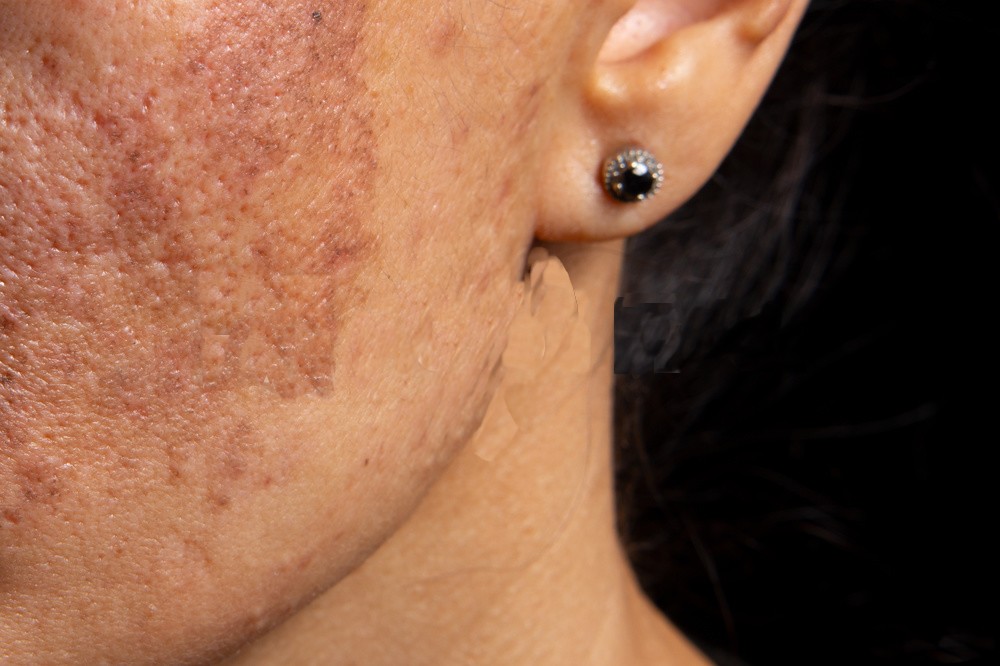Pigmentation changes in the skin are not uncommon. It is seen amongst men and women of all ages. Pigmentation may appear darker in some areas of the body, freckling may appear dark or lighter than normal. The skin can be blotchy or patches of brown to gray discoloration may appear.
The trigger of pigmentation is due the stimulation of cells known as Melanocytes. Melanocytes are the pigment producing cells found in the layers of the skin, their role is to protect the skin by blocking UV radiation from damaging DNA. The number of melanocytes present is dependent on our natural skin colour.
Causes of pigmentation
- The most common cause of pigmentation is UV radiation by excessive amounts of sun exposure. This type of pigment, commonly referred to as an Age Spot appears as light to dark brown patches have rounded edges and look like large freckle. They appear on the hands, legs, feet, or face as people age.
- Hormones can trigger pigmentation. Known as Melasma or Chloasma. Pigmentation often appears in a mask like fashion of the face. The contraceptive pill can also cause this to occur.
- Skin trauma is a result from any physical trauma to the skin. Cuts or abrasions, pimples, acne; chemical peels, laser treatments etc. Result in Hyper Pigmentation or Post Inflammatory Hyper Pigmentation PHIP.
- Birthmarks – is present at birth or appears shortly after birth, usually in the first month. They can occur anywhere on the skin.
Treatment options for pigmentation
- Laser toning
- Q Switch Laser 1064nm and Laser 532nm
- 1927nm
- Chemical peels
- Prescribed skin care
Q-Switch Laser
A Q-Switched laser is a type of laser that can deliver energy in extremely short bursts. As a result, this unique property makes it an ideal laser for treating pigment-related conditions such as freckles, sunspots, birthmarks or tattoos.
The ultra-short bursts of energy delivered by the laser disrupt the pigment-containing cells within the skin, leading to fading and clearing of the treated area.
Conditions appropriate for Q switched laser treatment:
- Melasma
- Freckles
- Age spots
- Sun spots
- Café au Lait (epidermal)
- Nevus of Ota (dermal)
- Nevus of Ito (dermal)
How many treatment sessions are required?
A mild to moderate irritation of the overlying skin is to be expected for a few days to a week, depending on the depth and amount of pigment to be removed.
Depending on the type of pigmentation usually 1 -4 treatments is required.
Before your treatment
Avoid tanning for one month before your treatment.
After your treatment
Wash the area with a gentle cleanser, and then apply a hydrating moisturiser to the skin.
Avoid excessive sun exposure and tanning for one week after your treatment.
Patients who undergo the treatment to remove brown spots should consider the use of fading creams and sunscreen after the procedure.

